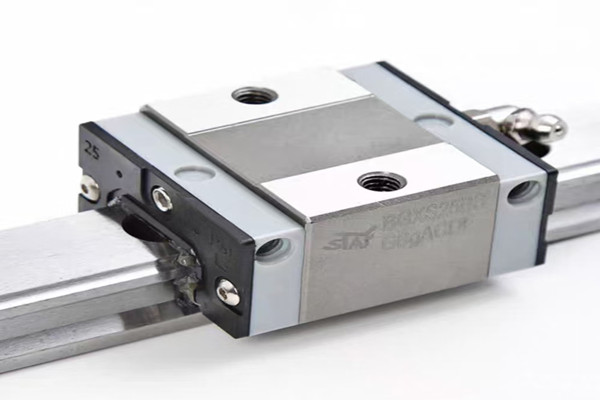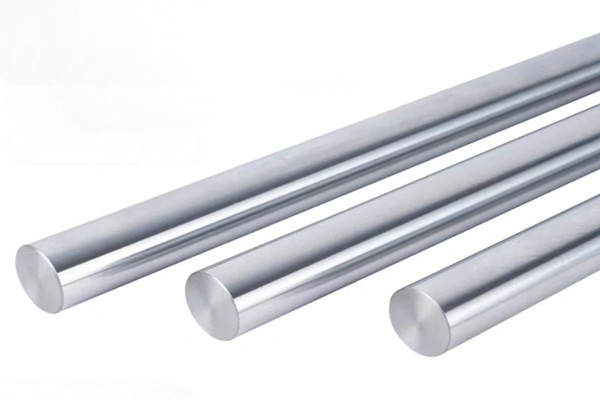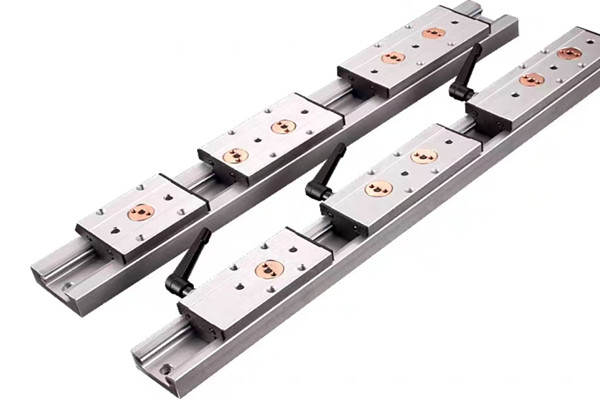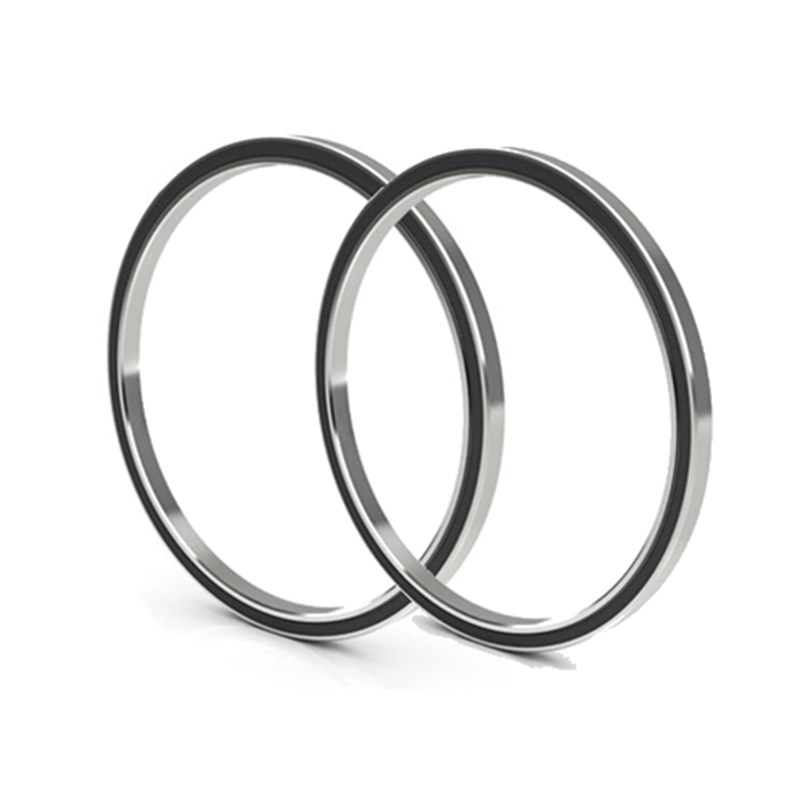Introduction
Robot arms are marvels of modern engineering, requiring a combination of precision, speed, load capacity, and reliability. At the heart of their articulate movement lie the joints, and within these joints, bearings are the unsung heroes. Among the various types of bearings used, Deep Groove Ball Bearings (DGBBs), particularly the “thin-section” or “equal-section” variants, play a critical role. This article explores their application in robot arm joints and outlines key maintenance and repair procedures.
Part 1: Application in Robot Arm Joints
Equal Cross-Section Deep Groove Ball Bearings are characterized by their simple design, consisting of an inner ring, an outer ring, a set of steel balls, and a cage. The “deep groove” allows them to handle significant radial and axial loads from both directions.
Why are they ideal for robot arms?
-
High Precision and Low Friction: DGBBs are manufactured to extremely tight tolerances (e.g., ABEC 5, 7, or 9). This ensures minimal runout and smooth, predictable rotation, which is directly translated into the robot’s positional accuracy and repeatability. Their low friction minimizes energy loss and heat generation.
-
Compactness and Space Saving: In robot joints, especially those near the end-effector, space is at a premium. Thin-section DGBBs offer a high load capacity relative to their cross-section, allowing designers to create more compact and lightweight joint assemblies without sacrificing strength.
-
Versatile Load Handling: Robot arm joints experience complex loads. While primarily supporting radial loads from the arm’s weight and payload, they also encounter axial loads during acceleration, deceleration, and changes in direction. DGBBs are uniquely suited to handle this combination of forces effectively.
-
High-Speed Capability: With proper lubrication and a precision cage, DGBBs can operate at very high speeds. This is essential for robots in applications like pick-and-place, assembly, and packaging, where cycle times are critical.
-
Low Noise and Vibration: The smooth operation of DGBBs contributes to the quiet and stable performance of the robot arm, which is crucial in sensitive environments like medical and laboratory automation.
Common Joint Applications:
-
Base and Shoulder Joints: Handling high radial loads from the weight of the entire arm.
-
Elbow and Wrist Joints: Managing combined radial and axial loads while enabling precise articulation.
-
Gripper Rotation Mechanisms: Providing smooth and precise rotation for the end-effector.
Part 2: Maintenance and Repair
Despite their robustness, DGBBs in robot arms are subject to wear and tear. Proactive maintenance is key to maximizing their service life and preventing catastrophic failure.
A. Signs of Bearing Failure
-
Increased Vibration and Noise: A clear indicator of raceway or ball damage (pitting, spalling).
-
Rise in Operating Temperature: Often caused by inadequate lubrication, overloading, or excessive preload.
-
Reduced Positioning Accuracy: Play or backlash in the bearing directly affects the robot’s repeatability.
-
Audible Grinding or Crunching Sounds: Sign of severe contamination or lubrication failure.
-
Increased Torque: The joint motor requires more current to move, indicating high friction.
B. Maintenance Procedures
-
Regular Inspection:
-
Visual Checks: Look for signs of lubricant leakage or contamination.
-
Vibration Analysis: Use sensors to monitor vibration levels and detect early signs of degradation.
-
Thermal Monitoring: Use thermal cameras or sensors to identify joints running hotter than normal.
-
-
Lubrication:
-
Type: Use the manufacturer-recommended grease or oil. Common types include synthetic lithium-based greases or PFPE-based greases for high-temperature or cleanroom applications.
-
Interval: Follow the robot manufacturer’s guidelines. The relubrication interval depends on operating speed, temperature, and load.
-
Quantity: Avoid over-greasing, as it can lead to churning and overheating.
-
C. Repair and Replacement Procedure
Replacing a bearing in a robot arm joint is a precision task that should ideally be performed by trained technicians.
Step-by-Step Guide:
-
Safety First: Power down and lock out the robot. Isolate it from all energy sources (electrical, pneumatic, hydraulic).
-
Disassembly:
-
Remove the end-effector and any covers or housings to access the faulty joint.
-
Carefully disengage the motor and any harmonic drive or gearbox connected to the joint.
-
Use appropriate pullers to remove the bearing from its housing. Avoid hammering or applying force to the bearing rings, as this can damage the joint housing and shaft.
-
-
Cleaning and Inspection:
-
Thoroughly clean the housing, shaft, and surrounding components.
-
Inspect the shaft and housing for wear, scoring, or corrosion. These must be in perfect condition for the new bearing to function correctly.
-
-
Bearing Replacement:
-
Handle with Care: New bearings are precision components. Wear gloves to prevent corrosion from skin contact.
-
Preparation: If specified, pre-lubricate the new bearing.
-
Installation: Use a dedicated bearing fitting tool or a suitably sized tube to press the bearing onto the shaft and into the housing. Apply force only on the ring with the tight fit (usually the inner ring for a shaft fit, the outer ring for a housing fit).
-
Alignment: Ensure the bearing is seated square and fully.
-
-
Reassembly:
-
Reassemble the joint in the reverse order of disassembly. Ensure all seals, spacers, and locking mechanisms are correctly installed.
-
Apply the correct preload to the bearing as specified in the technical manual. Incorrect preload is a common cause of premature failure.
-
-
Testing and Calibration:
-
After reassembly, power up the system and run the joint slowly through its range of motion.
-
Listen for unusual noises and monitor current draw.
-
Crucially, the robot must undergo a full recalibration to restore its accuracy, as the mechanical center of the joint may have shifted.
-
Conclusion
Thin Section Deep Groove Ball Bearings are a fundamental and highly effective solution for the demanding requirements of robot arm joints. Their precision, compactness, and versatility make them a top choice for engineers. However, their performance and longevity are heavily dependent on a disciplined approach to maintenance and a careful, precise methodology for repair and replacement. By understanding both their application and upkeep, operators can ensure their robotic systems achieve maximum uptime, accuracy, and service life.
We provide the inner diameter dimension of robot deep groove ball bearings in 8mm-260 series, and the specific models are as follows:
K02508CP0 K05008CP0 K06008CP0 K07008CP0 K08008CP0 K09008CP0 K10008CP0 K11008CP0 K12008CP0 K13008CP0 K14008CP0 K15008CP0 K16008CP0 K17008CP0 K18008CP0 K19008CP0 K20008CP0 K25008CP0 K30008CP0 K32008CP0 K34008CP0 K36008CP0
If necessary, please feel free to contact us for the catalogue.






